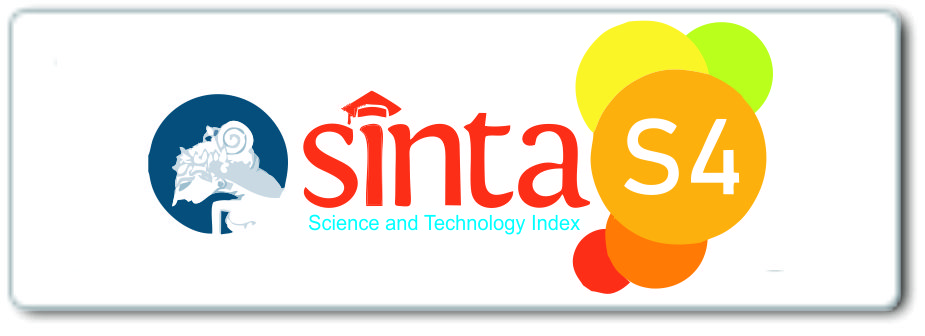Papaya Gummies as a Nutritional Supplement in Cancer Treatment: A Preliminary Study
DOI:
https://doi.org/10.56988/chiprof.v3i1.69Keywords:
Papaya Gummies, Nutritional Supplement, Cancer, TreatmentAbstract
Cancer is a disease that requires intensive treatment, often accompanied by side effects that affect the patient's appetite and nutritional status. One effort to overcome this problem is to provide dietary supplements that are easy to consume and rich in health benefits. This study explores the potential of papaya jelly candy as a nutritional supplement in cancer treatment. Papaya was chosen because of its high nutritional content, including the enzyme papain which is known to have anti-inflammatory and good digestive properties. This research uses a quantitative approach with an experimental study design. The research sample consisted of 30 cancer patients undergoing chemotherapy in several hospitals. They were divided into two groups: an intervention group that received papaya jelly as an additional supplement and a control group that received standard care without additional supplements. Data was collected through questionnaires, interviews, and measuring nutritional status before and after the intervention over two months. The study results showed that the intervention group who consumed papaya jelly candy had a significant increase in appetite and nutritional status compared to the control group. Patients report that papaya jelly tastes good and is easy to consume, even when they are nauseous from chemotherapy. Laboratory analysis showed that the intervention group had higher antioxidants, which may contribute to increased endurance. The study concluded that papaya jelly candy has great potential as a nutritional supplement in cancer treatment by improving nutritional status and helping improve the quality of life of patients by providing a delicious and easy-to-consume dietary source. Further studies with larger samples and longer intervention periods are needed to confirm these findings and develop guidelines for using papaya gummies in cancer treatment.
Downloads
References
R. L. Siegel, K. D. Miller, N. S. Wagle, and A. Jemal, “Cancer statistics, 2023,” CA. Cancer J. Clin., vol. 73, no. 1, pp. 17–48, 2023, doi: 10.3322/caac.21763.
R. L. Siegel, K. D. Miller, H. E. Fuchs, and A. Jemal, “Cancer Statistics, 2021,” CA Cancer J. Clin., vol. 71,
no. 1, pp. 7–33, 2021, doi: 10.3322/caac.21654.
C. Glidden et al., “Psychological distress and experiences of Adolescents and Young Adults with cancer during the COVID-19 pandemic: A cross-sectional survey,” Psychooncology., vol. 31, no. 4, pp. 631–640, 2022, doi: 10.1002/pon.5849.
K. V. Rao and A. Faso, “Chemotherapy-induced nausea and vomiting: Optimizing prevention and management,” Am. Heal. Drug Benefits, vol. 5, no. 4, 2012.
U. Anand et al., “Cancer chemotherapy and beyond: Current status, drug candidates, associated risks and progress in targeted therapeutics,” Genes Dis., vol. 10, no. 4, pp. 1367–1401, 2023, doi: 10.1016/j.gendis.2022.02.007.
X. Tian, Y. Jin, H. Chen, L. Tang, and M. F. Jiménez-Herrera, “Relationships among social support, coping style, perceived stress, and psychological distress in chinese lung cancer patients,” Asia-Pacific J. Oncol. Nurs., vol. 8, no. 2, pp. 172–179, 2021, doi: 10.4103/apjon.apjon-59-20.
M. Ahmadsei et al., “Quality-of-life and toxicity in cancer patients treated with multiple courses of radiation therapy,” Clin. Transl. Radiat. Oncol., vol. 34, no. March, pp. 23–29, 2022, doi: 10.1016/j.ctro.2022.03.006.
H. Lim, H. Son, G. Han, and T. Kim, “Stigma and quality of life in lung cancer patients: The mediating effect of distress and the moderated mediating effect of social support,” Asia-Pacific J. Oncol. Nurs., vol. 11, no. 6, p. 100483, 2024, doi: 10.1016/j.apjon.2024.100483.
B. Luo et al., “Impact of defecation dysfunction on quality of life in mid-low rectal cancer patients following sphincter-sparing surgery,” Asia-Pacific J. Oncol. Nurs., vol. 9, no. 9, p. 100088, 2022, doi: 10.1016/j.apjon.2022.100088.
Y. R. Kong et al., “Beneficial role of carica papaya extracts and phytochemicals on oxidative stress and related diseases: A mini review,” Biology (Basel)., vol. 10, no. 4, pp. 1–20, 2021, doi: 10.3390/biology10040287.
B. A. Babalola, A. Ifeolu Akinwande, A. A. Otunba, G. Ebenezer Adebami, O. Babalola, and C. Nwuofo, “Therapeutic benefits of Carica papaya: A review on its pharmacological activities and characterization of papain,” Arab. J. Chem., vol. 17, no. 1, p. 105369, 2024, doi: 10.1016/j.arabjc.2023.105369.
N. S. Mahrous and E. A. Noseer, “Anticancer potential of Carica papaya Linn black seed extract against human colon cancer cell line: in vitro study,” BMC Complement. Med. Ther., vol. 23, no. 1, pp. 1–8, 2023, doi: 10.1186/s12906-023-04085-7.
M. Tarahi, S. Tahmouzi, M. R. Kianiani, S. Ezzati, S. Hedayati, and M. Niakousari, “Current Innovations in the Development of Functional Gummy Candies,” Foods, vol. 13, no. 1, 2024, doi: 10.3390/foods13010076.
Downloads
Published
How to Cite
Issue
Section
License
Copyright (c) 2024 Po Podojoyo, Ira Kusumawaty, Yunike Yunike, Esti Sri Ananingsih, Solha Elfrida, Monalisa Monalisa, Tarrinni Inastyarikusuma

This work is licensed under a Creative Commons Attribution-NonCommercial 4.0 International License.




















